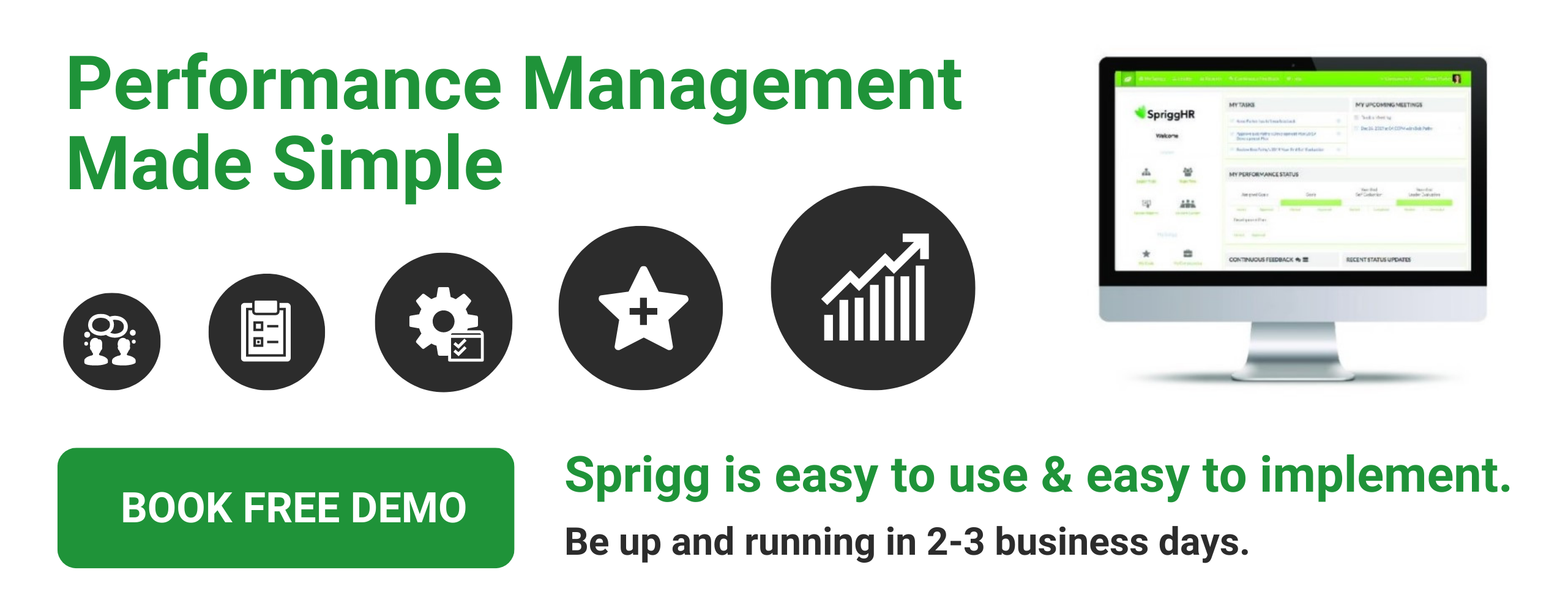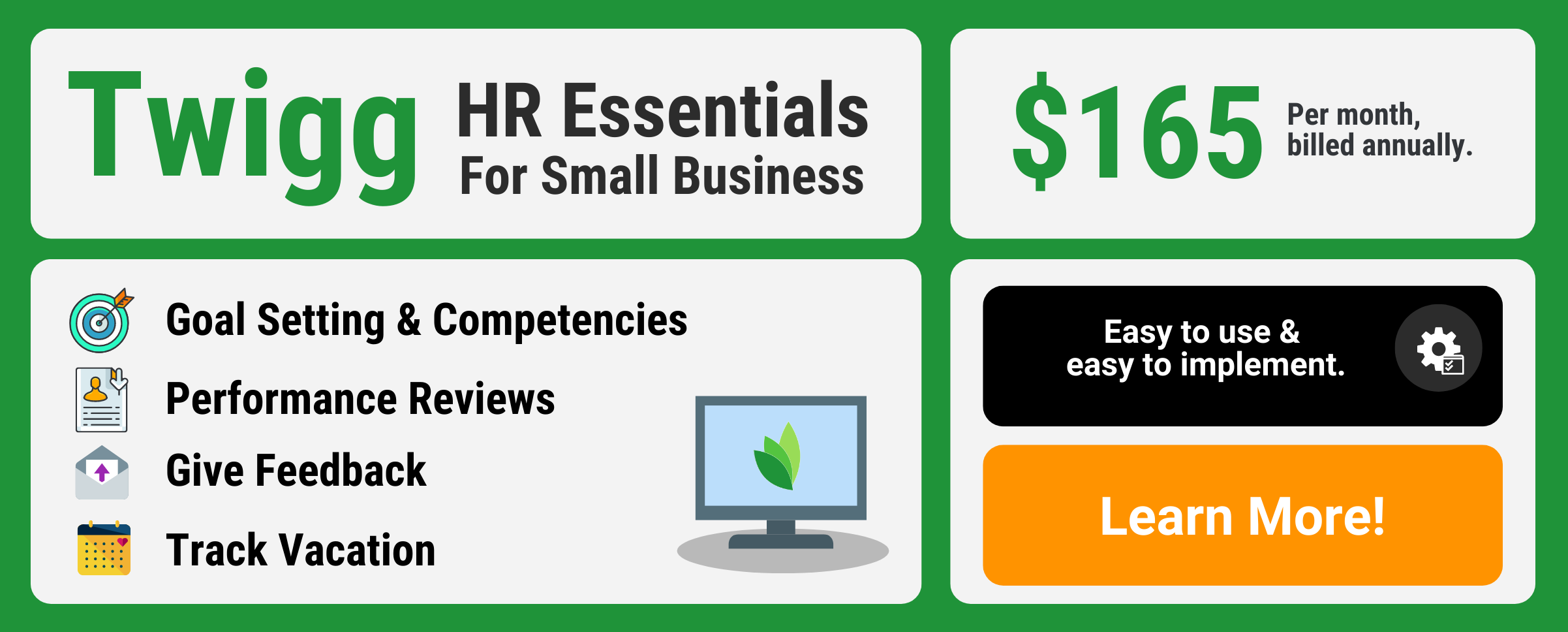
Creating a High-Performance Culture in 2020
While strong leadership and healthy discipline are two defining elements of managing the performance of your organization, they are not the only elements. Creating a high-performance culture in your company requires a systematic approach to effectively managing the performance of both team and individuals, and the first step to achieving that is creating a roadmap for change.
Organizations that focus on the performance and health of their teams are bound to be more successful and are much more likely to deliver better financial results. However, managing employee and team performance is much more than simply employing practices of good leadership. There are proven tools and techniques that can help you to establish a plan of action for instigating a change in organizational behaviour, and, ultimately, implement, promote, and sustain a high-performance culture.
What is a High-Performance Culture?
Culture, as a general term, refers to the learned assumptions upon which individuals base their daily behaviors and decision-making processes. Organizational culture is what drives the organization, its actions, and its results, in a direction relevant to those business-driven learned assumptions. It guides how employees and teams think, act, react, and feel – it is the operating system of the company.
In order to lift your organizational culture into a state that encourages high levels of performance, you first need to recognize what it is that needs changing. When done right, transformational change within an organization’s performance culture can get employees excited about improving the success rate of the business. Measuring individual management practices against larger organizational outcomes is a good way of assessing the specific areas in your performance management approach that could stand to benefit from improvement. Some examples include:
- Measuring the organizational outcome of direction against its driving management factors of a shared vision, strategic clarity, and employee involvement.
- Measuring the outcome of innovation and learning against management practices such as top-down innovation, bottom-up innovation, and knowledge sharing.
- Measuring leadership against authoritative leadership, consultative leadership, supportive leadership, and challenging leadership.
- Measuring coordination and control against performance reviews, operational management, financial management, professional standards, and risk management.
- Measuring motivation against meaningful values, inspirational leaders, career opportunities, financial incentives, and rewards and recognition.
- Work environment against openness and trust, internal competition, operational discipline, creativity and entrepreneurial encouragement.
- Accountability against role clarity, performance contracts, consequence management, and personal ownership.
To build a detailed picture of your company’s organizational health, measuring desirable organizational outcomes against the management practices in use can help you to pinpoint the weak points in your performance management approach, and remedy them as needed.
Any performance culture is based on discipline, but high-performance cultures have a foundation of discipline that strictly promotes decisiveness and standards of excellence that ensure direct accountability and success. This type of discipline means commitments and expectations are always clear, so performance culture shifts gear towards an expectation of consistent success, rather than a lack of resolves and sanctions that comes from a culture in which there is little accountability. In a high-performance culture, proactive performance management strategically blocks obstructive behaviors and practices, and supports, reinforces, and rewards constructive behaviors. As a result, all employees are truly engaged in the work they are doing, and in the business of the company.
How to Achieve a High-Performance Culture
The Necessary Building Blocks
In order to instill a performance management style that is conducive to high performance from your employees, your organization needs to have specific qualities in place for the process to run smoothly. These include:
- Openness and Trust: honesty is encouraged, and there is a willingness from your employees to speak what historically may have been the unspeakable. A work environment of trust and transparency with open feedback reduces defensiveness or friction should issues surface and encourages more honest reactions from employees. It also raises the frequency of employees asking questions and promotes spontaneity with individual comments and ideas. Any organization that has a workforce where employees feel they can safely speak their mind is bound to derive much greater value from its talent.
- Managed Differences: conflicts are addressed appropriately, and unfulfilled commitments are addressed. Alternatives and options for solutions are examined with individuals expressing their real opinions. Issues generally in the workplace are resolved more expediently and effectively.
- Simplicity and Focus: there is an intense focus on how the new performance management process will be implemented, with strong clarity and precision accompanying it to define what exactly needs to be accomplished, and how it will be done. There is a commitment from all employees and teams, at all levels, to remove complexity from the way of doing business. Striving for results and having fun are not perceived as mutually exclusive but are instead seen as codependent. When changes occur, so too do positive results.
- Playing to Employee Strength: any good leader knows their people well and can effectively match talent with task. They recognize employee’s strengths, and how to best leverage them to achieve success. Both leaders and their people focus less on closing performance gaps, and more on improving and learning new strengths.
Key Strategies to Achieving a High-Performance Culture
Once these building blocks have been nailed down in your organization, you are ready to start putting into practice some key strategies that encourage a high-performance culture. In order to make the change sustainable and improve the chances of success, it is useful to refer to the earlier mentioned criteria upon which you assess the organizational health of your business. Plans of actions and strategies should address four critical elements of business: role modeling, communications, skill building, and reinforcing mechanisms. Leveraging new performance management practices to focus on these key areas, and encouraging a culture of consistently high performance, is critical to that sought-after sustainability.
Some suggested strategies to achieving a high-performance culture in your business are:
1. Train leaders and supervisors.
Training supervisors and leaders to be effective in their communication enables consistent and clear dissemination of the new organizational vision to their staff, ensuring everyone at all levels is on the same page about the direction the company is headed. Once leaders have been trained in effective communication, and have alerted their teams of the vision, they can then sit down with their teams and clearly explain how their individual roles contribute to the company’s strategic goals.
2. Reinforce effective behaviors.
Effective behaviors that are conducive to high performance include collaboration, problem-solving, and customer focus. Managers that are trained in coaching and mentoring techniques are encouraged to offer in-the-moment praise or development advice to their teams, creating a culture of motivation and accountability. Employee achievements can also be celebrated in other formal and informal ways, such as places in internal newsletters or recognition in team meetings.
3. Reform traditional performance appraisals.
Traditional performance appraisals run the risk of draining valuable energy and time, and sometimes fail to produce accurate or actionable results. Rather than a year- or quarterly-end exercise, reform the appraisal process to transform it into an integral part of the performance and development system. A good way to do this is to reframe appraisals into a comparison between what is happening, and the things you would like to see happen from the employee. This includes ongoing feedback on observable or measurable performance outcomes, a focus on the strengths of the employee and the organizational or career future, and an engagement with goal setting and employee self-appraisal.
4. Encourage a renewed focus on performance indicators.
Encouraging a consistent focus on the importance of key performance indicators will reinforce the necessity of high performance from your employees. Discussing performance indicators at staff meetings and explaining exactly how their performance contributed to the financial and operational success of the company, is essential to encouraging sustainability in high performance.
5. Develop tools and support mechanisms that ease the process of implementation.
Making the new ways of working as straightforward as possible will reduce the risk of employees feeling the reformed performance management strategies are overcomplicated or futile. Streamlining meeting processes, adjusting methods of communication and information dissemination, integrative initiatives and check-ins into existing procedures, and assigning a single point of contact for employee questions and concerns, are all examples of tools and support mechanisms you can use to achieve a high-performance culture.
6. Deal with performance management holistically.
Rather than thinking of performance management as a day-to-day, problem-to-solution process, aim to connect the “what’s” with the “how’s”. Looking at performance management from both the strategic and operational perspectives, and at the organizational, team, and individual levels, will increase the chances of your performance management method embedding itself seamlessly into day-to-day operations.
Completing the total performance management process can be difficult, especially for managers prone to seek out consistent, neatly wrapped up conclusions to their efforts. A good way to approach this is to roll everything up into a yearly snapshot, where expectations are set, ongoing feedback and coaching is provided, and progress and achievement are tracked. Recognition and rewards should be a critical component of this step, and so too should be the encouragement of professional development planning.
In Summary
Company culture is, at its core, the driving force behind what an organization sets out to achieve, and how they go about achieving it. Employee performance is integral to success continuance, the function of influences such as accountability, feedback, motivation, skills and knowledge, and rewards and recognition. All of these influences are interdependent, and it is the combination of these factors that results in the desired performance and the associated leadership behaviours that make up the organizational performance culture. Achieving a high-performance culture requires a systematic, thorough approach to managing performance at the organizational, team, and individual level with a robust change management process to support it.






